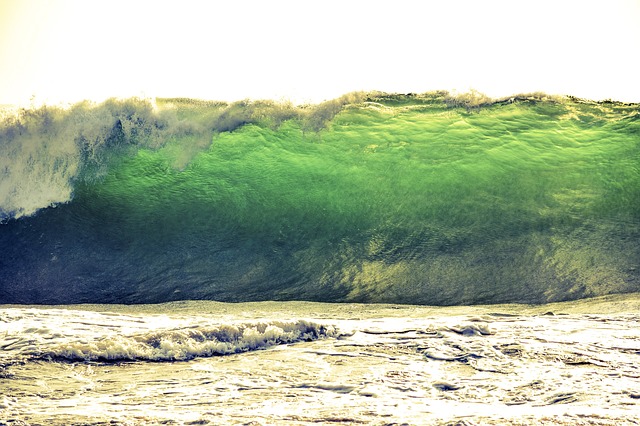General Tsunami Facts
Tsunamis are one of the most devastating forces in nature. But the good news is that scientists can now accurately pinpoint when and where a tsunami will strike. Thus, people are now able to find ways to avoid fatality caused by this terrible force. To be prepared we need a lot of factual knowledge and common sense when to run to higher ground.
Here are some important facts and information to better understand tsunamis.
- Tsunamis happen mostly in countries around the Pacific Ring of Fire.
- The Pacific Ring of Fire is a basin located in the bottom of the Pacific ccean where there are numerous undersea volcanoes.
- The countries in the Pacific Ring of Fire include Japan, Australia, India, Indonesia, the Maldives, Malaysia, Myanmar, Thailand, Somalia, the Seychelles, Tanzania, the Philippines and Hawaii.
- In the US, California, Oregon, Alaska and Washington are prone to Tsunamis too.
- When an underwater volcano erupts, the top is blown off and water rushes down the hole displacing tons of water creating undersea landslides and thus creating huge waves called Tsunamis.
- An earthquake can create a 100 foot high Tsunami wave that can travel 800 MPH - as fast as a jet.
- When tsunami hits coastal towns or cities, it can be as devastating as a nuclear blast and will leave entire cities damaged and reeling underwater.
- A tsunami will retain it's speed and energy even as they travel across an ocean. That is why a tsunami in India can hit a city in Africa.
- Most tsunamis are caused by earthquakes. Some are caused by volcanic eruptions and landslides.
- Tsunami can be triggered by a meteor hitting the sea or ocean too, but that happens rarely.
- When an earthquake's epicenters is in the ocean floor, a tsunmai will almost always follow.
- Tsunamis aren’t like earthquakes where aftershocks get weaker.
- The first wave of a tsunami is not the strongest. Successive waves are often bigger and more devastating.
- When tsunami hit, they can shatter a building like a glass bottle thrown against a concrete wall.
- Tsunami wave builds up higher and higher as they reach shallow water.
- The tallest tsunami wave ever recorded was cuased by a giant landslide in Lituya Bay, Alaska in 1958. The waves was measured to over 1700 feet in height.
- In the open ocean, tsunami wave is similar in height to other waves. As they approached the land, they pile up and become bigger and powerful
- Tsunami can travel upstreams in rivers.
- Hilo Island in Hawaii was struck in 1946, then again in 1972, and then again in 1975. In 1946, 50-foot waves killed 200 people. In 1960, 35-foot waves killed 61 people. And the 1975 26-foot high waves killed 2 people. Property damage is almost always in the millions each time.
- One of the biggest tsunamis happened in 2004 when a 9.1 Earthquake in Sumatra left 255,000 people dead in 11 countries including India, Thailand, Sri Lanka, Indonesia, the Maldives and as far away as East Africa.
